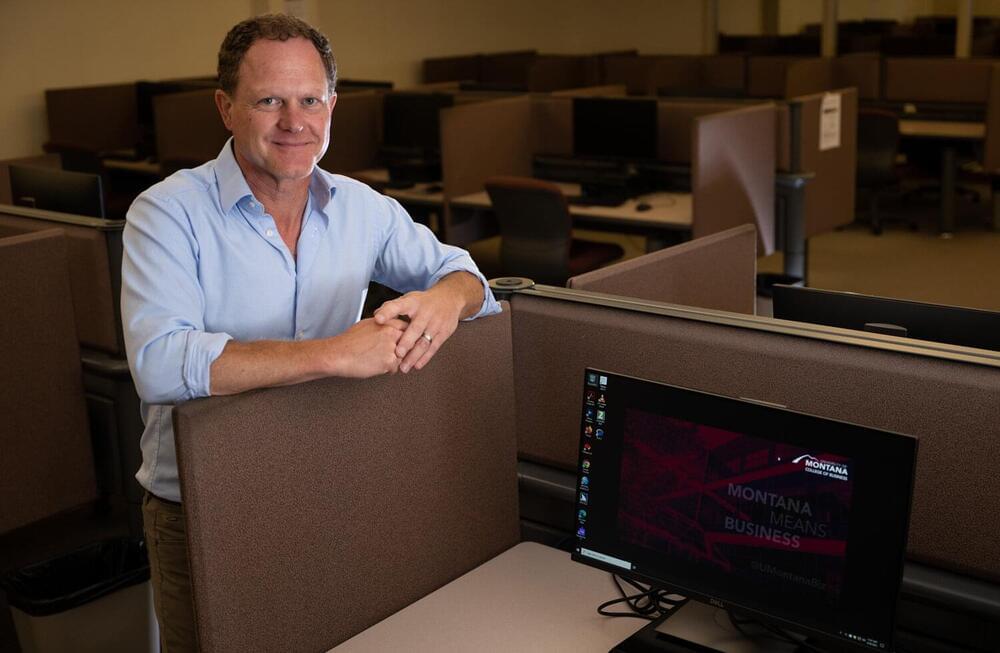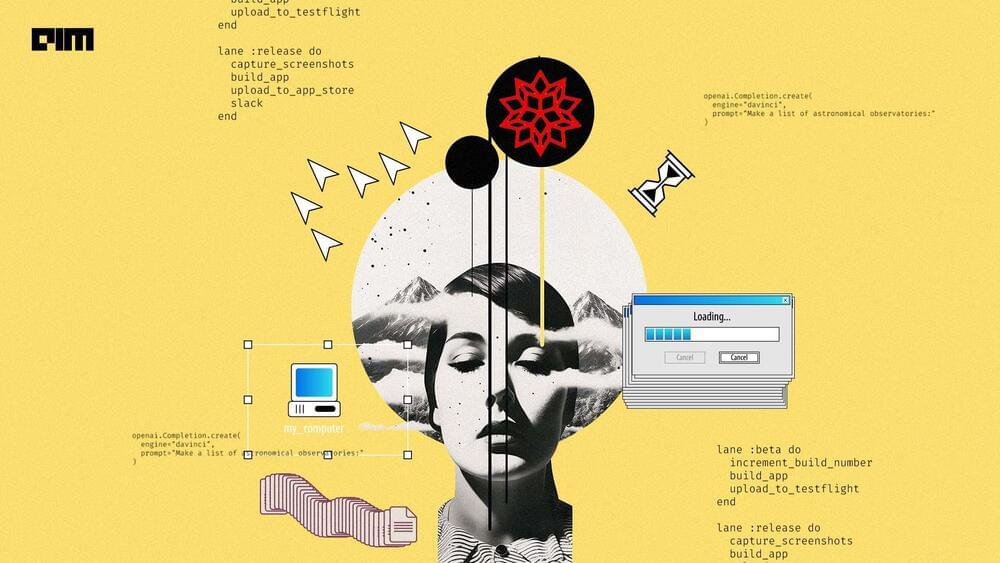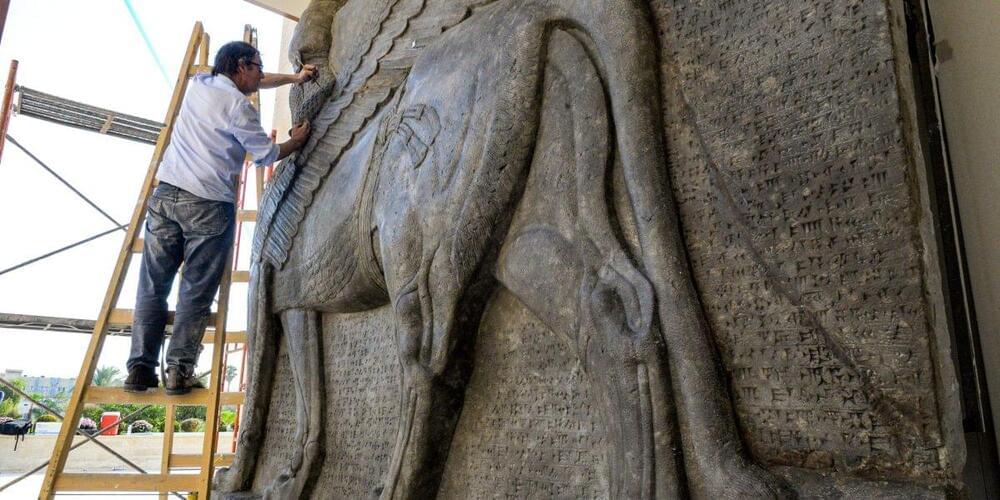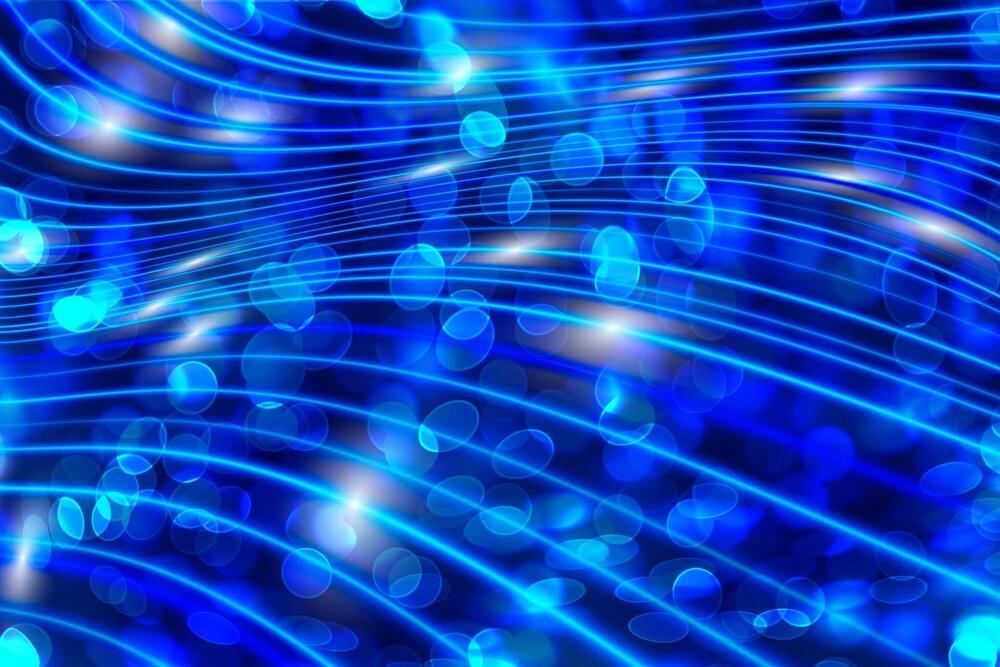New research from the University of Montana and its partners suggests artificial intelligence can match the top 1% of human thinkers on a standard test for creativity.
The study was directed by Dr. Erik Guzik, an assistant clinical professor in UM’s College of Business. He and his partners used the Torrance Tests of Creative Thinking, a well-known tool used for decades to assess human creativity.
The researchers submitted eight responses generated by ChatGPT, the application powered by the GPT-4 artificial intelligence engine. They also submitted answers from a control group of 24 UM students taking Guzik’s entrepreneurship and personal finance classes. These scores were compared with 2,700 college students nationally who took the TTCT in 2016. All submissions were scored by Scholastic Testing Service, which didn’t know AI was involved.









